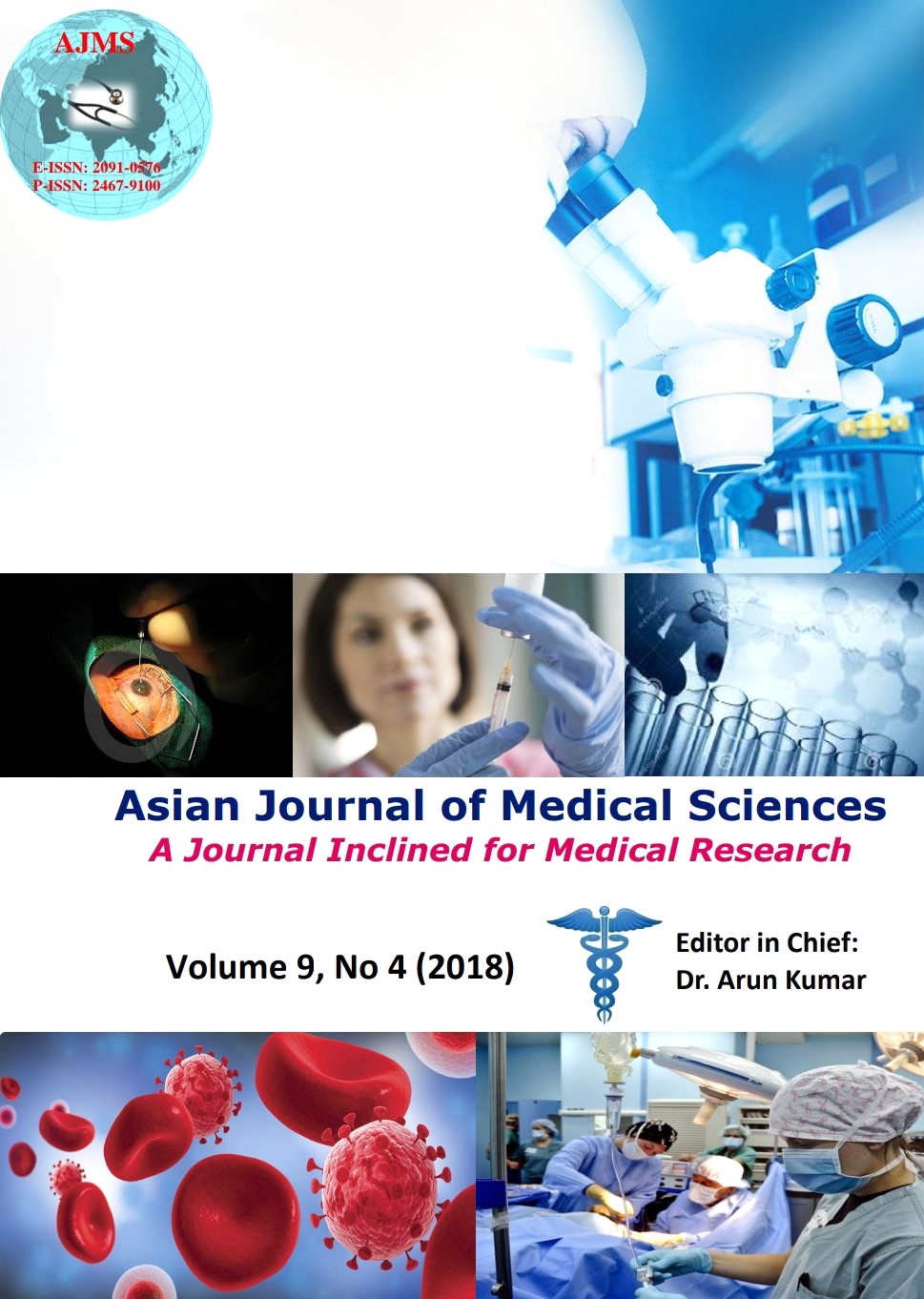To compare advantage of non-fixation versus fixation of mesh in Laparoscopic totally Extra Peritoneal (TEP) repair of inguinal hernias
Keywords:
Inguinal hernia, hernioplasty, laparoscopic inguinal hernia repair, totally extra peritoneal repair, mesh fixationAbstract
Background: Mesh fixation during laparoscopic totally extra peritoneal repair is thought to be necessary to prevent recurrence of infections and post-operative complications. However, mesh fixation might increase the postoperative complications and chronic pain. This study was to describe the experience of a single surgeon at R.G. Kar Medical College and Hospital performing this operation. This study evaluates the outcomes of laparoscopic hernioplasty performed with and without mesh fixation at our institution.
Aims and Objective: To compare advantage of non-fixation versus fixation of mesh in laparoscopic Totally Extra peritoneal (TEP) repair of inguinal hernias. This study was conducted for analysis of outcome with respect to pain, operative time, intra and postoperative complication, days of hospital stay, recurrence regarding the procedure between fixation and non-fixation of mesh in totally extra peritoneal repair of inguinal hernia.
Materials and Methods: The study was conducted in the Department of Surgery, R.G.Kar Medical College and Hospital from January 2011 to April 2012. All patients admitted in General surgical unit presenting with uncomplicated unilateral inguinal hernias were included. A total of 60 patients were included in the study, of which 30 patients underwent TEP repair without fixation of mesh and for remaining 30 patients the mesh was fixed using metallic tacks.
Results: Difference in average pain score at 24 hrs, 72 hrs, 1 month and 6 months was significant statistically (p =0.003, p = 0.003, p< 0.001 and p=0.001 respectively) when compared in both groups. There was no recurrence in the study period in either of the groups. The duration of operative time and days of hospital stay was higher in fixation group and was statistically significant.
Conclusion: Mesh fixation appears to be disadvantageous in TEP repair of inguinal hernias compared to non- fixation of mesh as it is associated with higher operative time, higher postoperative complication and an increased likelihood of developing chronic groin pain. The omission of mesh fixation did not increase the risk of early hernia recurrence.
Asian Journal of Medical Sciences Vol.9(4) 2018 35-40
Downloads
Downloads
Additional Files
Published
How to Cite
Issue
Section
License
Authors who publish with this journal agree to the following terms:
- The journal holds copyright and publishes the work under a Creative Commons CC-BY-NC license that permits use, distribution and reprduction in any medium, provided the original work is properly cited and is not used for commercial purposes. The journal should be recognised as the original publisher of this work.
- Authors are able to enter into separate, additional contractual arrangements for the non-exclusive distribution of the journal's published version of the work (e.g., post it to an institutional repository or publish it in a book), with an acknowledgement of its initial publication in this journal.
- Authors are permitted and encouraged to post their work online (e.g., in institutional repositories or on their website) prior to and during the submission process, as it can lead to productive exchanges, as well as earlier and greater citation of published work (See The Effect of Open Access).




